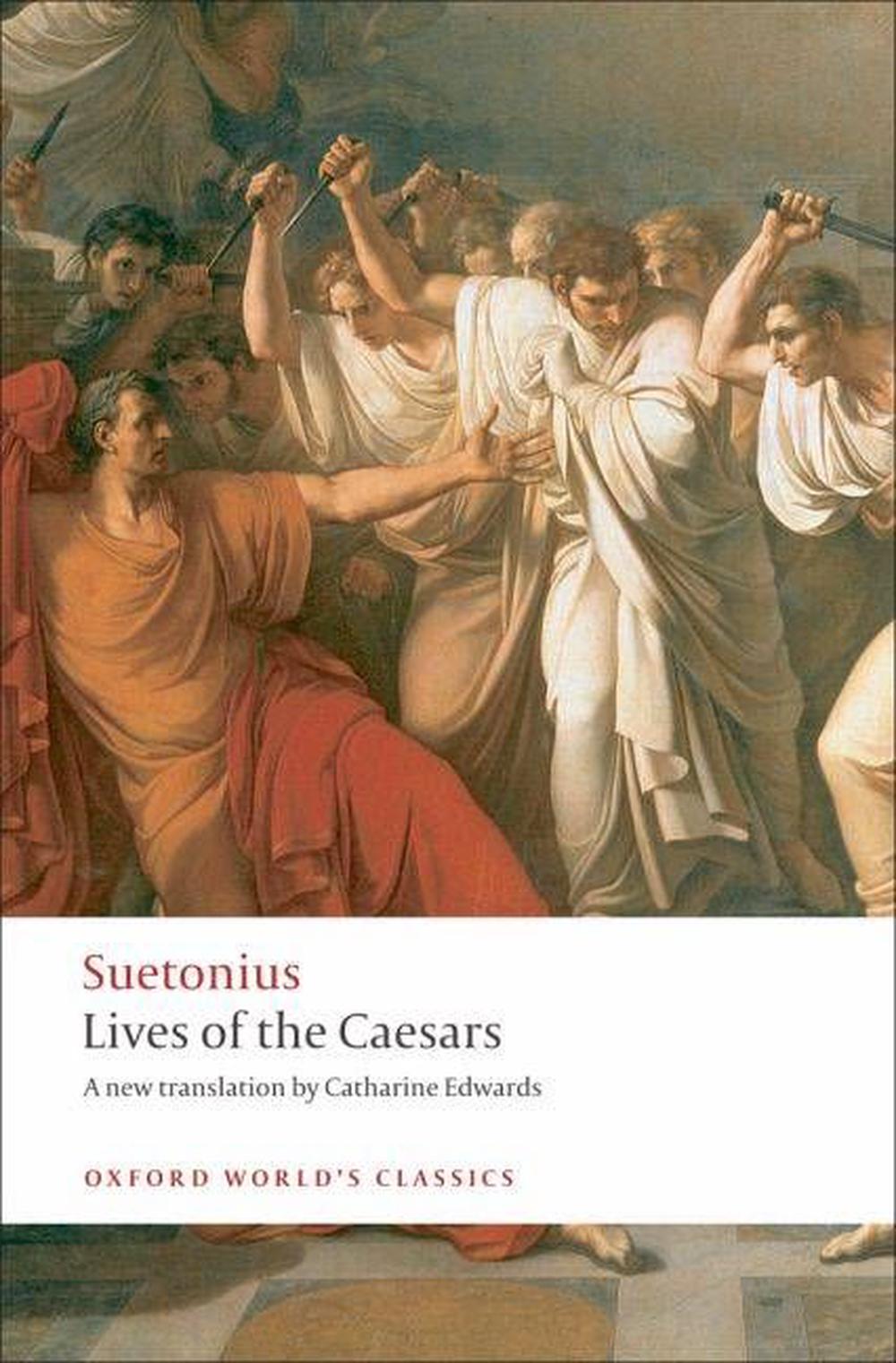
Alexander Thomson, published in 1796, has been made the basis of the present.īy the suppression of about two dozen lines in the entire work, which have been indicated by * * * * we have produced a work unobjectionable for general reading the suppressed passages refer to grossly unnatural crimes which probably never were committed - but the relation of which was likely prompted by the political party rancour of the period. 1500, no fewer than eighteen editions had been published, and nearly one hundred have since been added to the number.Ĭritics of the highest rank have devoted themselves to the task of correcting and commenting on the text, and the work has been translated into every European language. When successive revolutions and conquests laid Rome in ruins, the majority of those statues were buried in the fall many thrown into the Tiber, and nearly all forgotten in the dark ages which fell like a pall over the vanquished city: and it was not till Art in Rome had a new birth (after sleeping a thousand years) that those marble and bronze portraits were begun to be resurrected, and gradually, down to the present day, restored to the museums of Rome and other Capitals of Europe.Ĭombining as it does amusement and information, Suetonius's "Lives of the Caesars" was held in such estimation, that, so soon after the invention of printing as the year A.

It flourished till the "decline" began under Commodus. Portraiture in Marble became a passion and a fashion, and we learn from the contemporary literature of the period, how faithful these portraits were. 200, when not only the choicest works of Grecian art were transferred to Rome, but the most accomplished sculptors and painters also. The perfection of marble or statue portraiture was attained in Rome soon after the conquest of Greece, B.C.
#SUETONIUS GAIUS JULIUS CAESAR SUMMARY SERIES#
This edition of Suetonius' Caesars, is appropriately embellished by the celebrated series of portraits copied from authentic Busts of the Emperors by Visconti and now re-engraved for the illustration of this work. His work is, in some sense, a collection of anecdotes, but it is very curious to read and consult." He omits nothing which concerns the person whose life he is writing he relates everything, but paints nothing. La Harpe remarks of Suetonius, "He is scrupulously exact, and strictly methodical. In them we find a series of individual portraits sketched to the life, with perfect truth and rigorous impartiality. The pages of Suetonius will amply gratify this natural curiosity.

Were in their times masters of the destinies of a large portion of the human race. When we stop to gaze in a museum or gallery on the antique busts of the Caesars, we perhaps endeavour to trace in their sculptured physiognomy the characteristics of those princes, who, for good or evil. The plan adopted by Suetonius in his Lives of the Twelve Caesars, led him to be more diffuse on their personal conduct and habits than on public events.

How long he survived this disgrace, which appears to have befallen him in the year 121, we are not informed but we find that the leisure afforded him by his retirement, was employed in the composition of numerous works, of which the most important was " The Lives of the Twelve Caesars."

He lived till the time of Hadrian, under whose administration he filled the office of secretary until, with several others, he was dismissed for presuming on familiarities with the empress Sabina, of which we have no further account than that they were unbecoming his position in the imperial court. SUETONIUS TRANQUILLUS was the son of a Roman knight who commanded a legion, on the side of Otho, at the battle which decided the fate of the empire in favour of Vitellius.įrom incidental notices in the following History, we learn that he was born towards the close of the reign of Vespasian, who died in the year 79


 0 kommentar(er)
0 kommentar(er)
